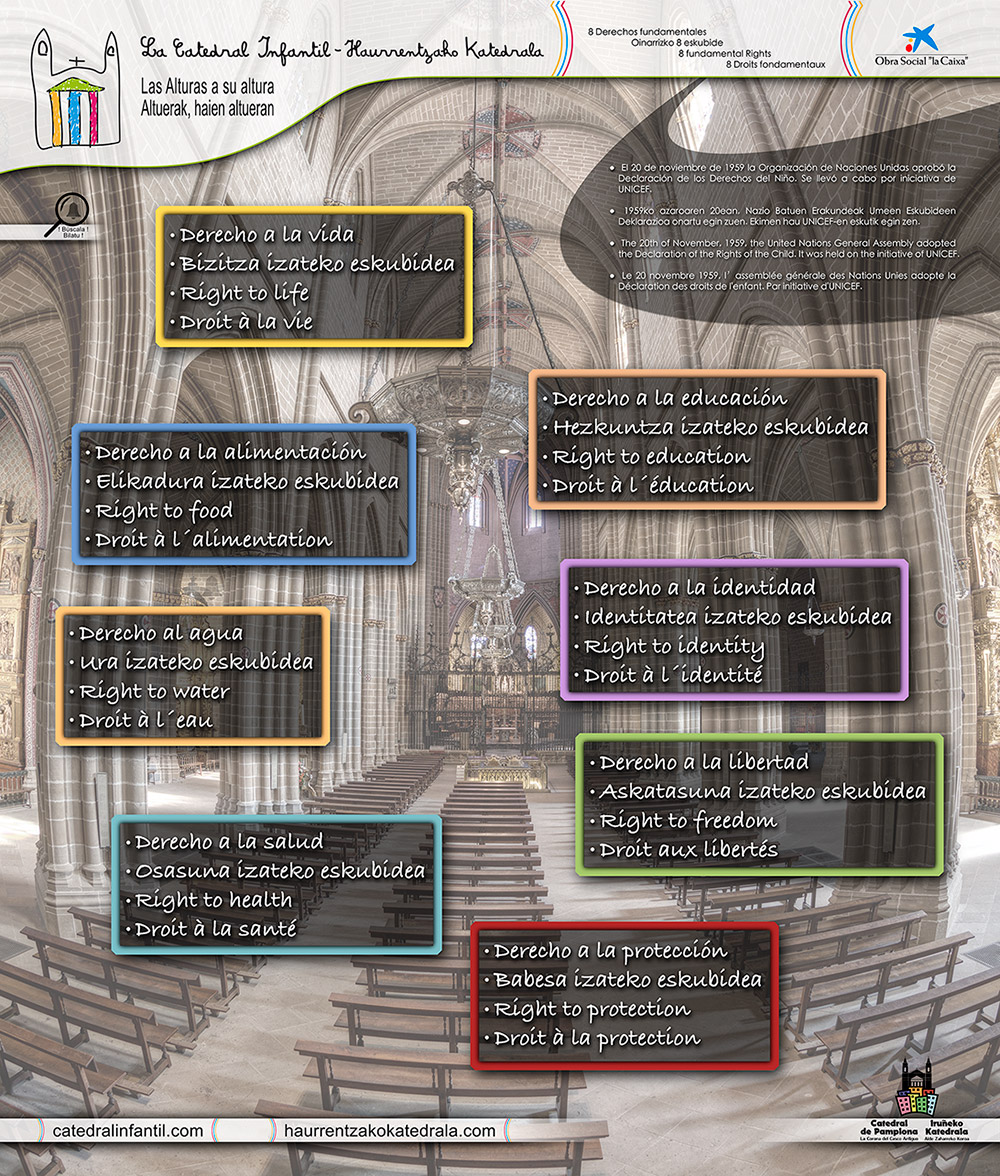 Crafting an IGNOU project is a essential milestone in completing your academic coursework. A meticulously planned project demonstrates your understanding of the subject and enhances your research skills. This structured guide will assist you in writing an high-quality IGNOU project that meets the standards set by the university.
Crafting an IGNOU project is a essential milestone in completing your academic coursework. A meticulously planned project demonstrates your understanding of the subject and enhances your research skills. This structured guide will assist you in writing an high-quality IGNOU project that meets the standards set by the university.
Phase 1: Understanding the IGNOU Project Guidelines
Before starting your project, it is vital to familiarize yourself with IGNOU’s specific instructions. You can find these rules in your program’s project manual . Key aspects to consider include:
• Project Length – Ensure that your project falls within the recommended word limit.
• Structure – Adhere to IGNOU’s structural rules .
• Submission – Confirm the last date for submission .
Step 2: Choosing the Right Topic
The success of your project largely relies on the subject you select. Keep the following factors in mind:
• Relevance – The topic should align with your course subject area.
• Practicality – Ensure that the topic is executable within the available timeframe .
• Interest – A subject you enjoy will maintain you motivated .
Step 3: Writing the IGNOU Project Proposal
Your proposal, also known as the synopsis, acts as a roadmap for your final project. It must include :
1. Project Name – A well-defined title that reflects the focus of your project.
2. Introduction – A summarized description of your study .
3. Aims – Clearly outline what you aim to achieve .
4. Research Approach – Describe the strategies you will use for analysis.
5. Expected Outcomes – Highlight the potential findings of your project.
Phase 4: Conducting Research & Data Collection
After receiving approval for your synopsis, you can proceed with data collection. Ensure that:
• You rely on authentic sources.
• Your data is accurate .
• You document everything systematically for smooth reference.
Step 5: Writing the IGNOU Project Report
Once you have collected adequate information, you can start drafting the final report. Your project must follow IGNOU’s recommended structure, which includes:
• Cover Page – With your enrollment number and project title.
• Acknowledgment – Thanking those who supported you.
• Table of Contents – Outlining all chapters.
• Background – Describing the problem of your study.
• Research Methodology – Detailing the strategies used.
• Findings – Presenting your data insights.
• Summary – Summarizing key findings and suggestions.
• References – Citing all materials used.
Step 6: Editing & Finalizing Your Project
Before submitting your project, thoroughly review it for:
• Grammar mistakes.
• Formatting consistency.
• Logical structure.
Phase 7: Approval Process
After your project is finalized , you need to submit it to your IGNOU coordinator for assessment. Make sure you follow the submission guidelines to prevent delays .
Key Takeaway
Preparing an IGNOU project requires patience , extensive research , and careful adherence to IGNOU synopsis’s guidelines . By applying this structured approach, you can ensure a smooth submission process and achieve academic success .
No comment yet, add your voice below!